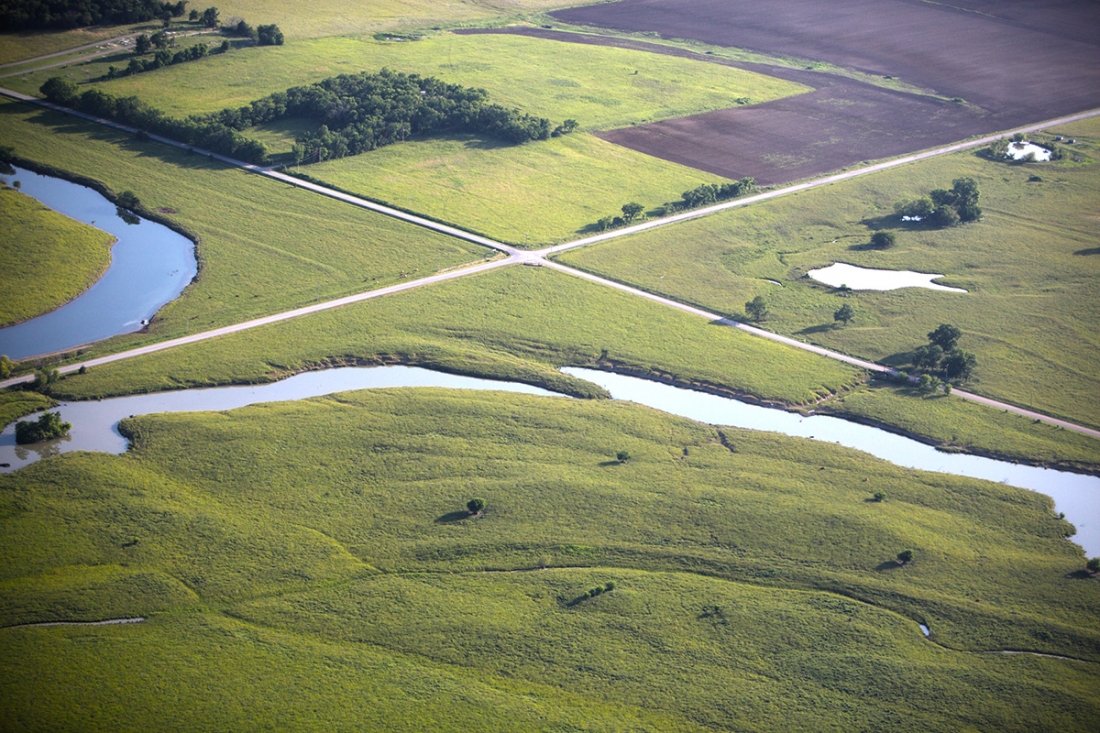By Chris Wilson, Communications Manager, Explore Crawford County, Pittsburg
If you’ve never been to Crawford County, the 2022 Big Kansas Road Trip, held May 5-8, is an opportunity to see firsthand why our corner of the state is a little different than the rest of Kansas.
#1 Coal and outdoor recreation. Like the rest of the state, this part of Kansas was once covered with prairies and farms as far as the eye could see. The search for coal changed everything.
Other than standing at the bottom of Big Brutus, the best way to understand the impact of coal mining on the land here is the Strip Pit Lake Scenic Drive between Fort Scott and Pittsburg. See how entire mile sections had topsoil removed to get to the coal underneath, and the huge pits remaining that were eventually connected to streams. The wildlife and fowl these “strip pit lakes” attract have made them ideal grounds for both hunting and fishing. While Mined Land Wildlife Areas are open to the public, many of these are on private property. If you have the time, hike around Wilderness Park in Frontenac. This was another area that was surface mined and returned to nature. Here you’ll hike over “dumps” – piles of rock and dirt dumped by machines.
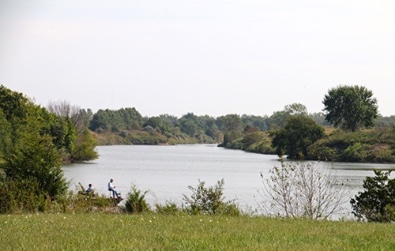
Mined Land wilderness area.
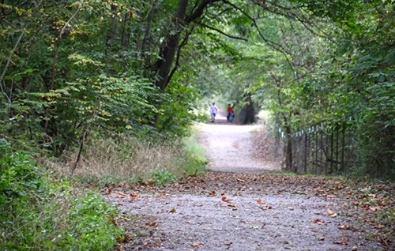
Take a stroll at Wilderness Park.
#2 We were a bunch of troublemakers… but take the time to learn why. While most of Kansas has tales of the frontier era, Bleeding Kansas, the Civil War, and the Old West, much of our region’s history is more recent, relatively speaking.
Before surface mining, deep shaft mining was used to get to coal. This deadly work brought thousands of immigrants to the region, and did not pay well. Strikes were frequent. A three-day protest by thousands of grandmothers, mothers and sisters made national headlines. Worker-rights sentiment was so high in the region; the largest socialist newspaper in the country was based in Crawford County. Plus, to survive, with the rich soil of their new home many European immigrants turned to the wine-making culture of their homelands. Unfortunately for them, Kansas had a statewide ban on alcohol longer than any other state. State legislatures were not fond of this region.
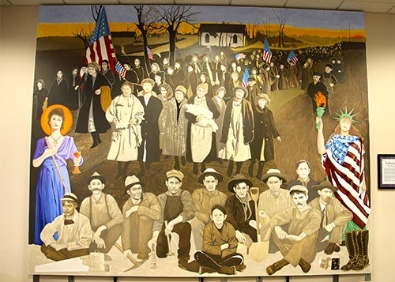
Find the Amazon Army mural in the Pittsburg Library.
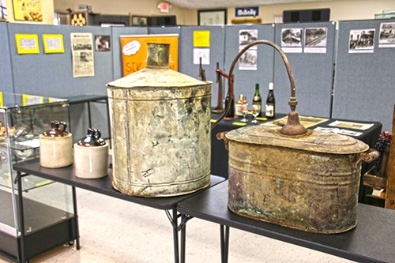
The Miner's Hall Museum in Franklin is a good place to learn about the mining heritage and a still used to make alcohol.
Find the names of those who worked in the mines at Miner’s Memorial in Downtown Pittsburg, across the street from Immigrant Park. Learn about the bootleggers, miners, and their families at Crawford County Historical Museum in Pittsburg and Miners Hall Museum in Franklin. Miners Hall also has an exhibit on the women’s protest, dubbed The Amazon Army. At the Girard History Museum, learn about the socialist newspaper, the Appeal to Reason, and how the Little Blue Books published in Girard were a household name.
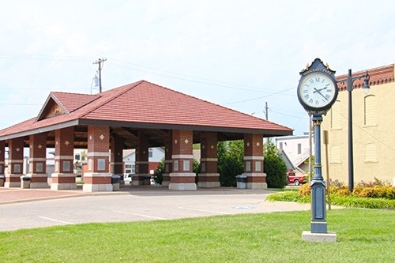
Miner's Memorial in downtown Pittsburg.
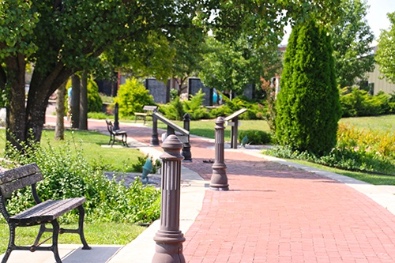
Immigrant Park provides a beautiful setting to learn about the mining history in this region.
#3 Home of the Gorillas. Saying Pittsburg State University alumni are proud of being the nation’s only college with a gorilla mascot is an understatement. The nickname was initially used by a student pep club because it was slang at the time for untamed rowdiness. It became the school’s official nickname a few years later.
Throughout Southeast Kansas you will see thousands of gorilla statues in yards and in front of businesses. There are two can’t miss statues on the campus of Pittsburg State. Between Carnie Smith Stadium and the University Lake is Champions Plaza – the home of a giant bronze gorilla sculpture. But, the best selfie on campus is a life-sized Gus the Gorilla sculpture inside the Jack Overman Student Center.
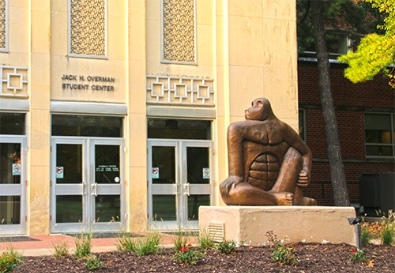
See Gus Gorilla, created by Larry Wooster, at the Student Center on the PSU campus.
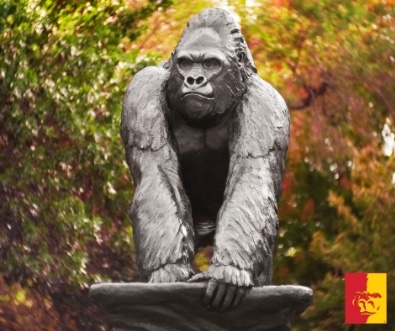
The impressive bronze gorilla can be seen at Champion Plaza, PSU. Photo credit: Pittsburg State University

